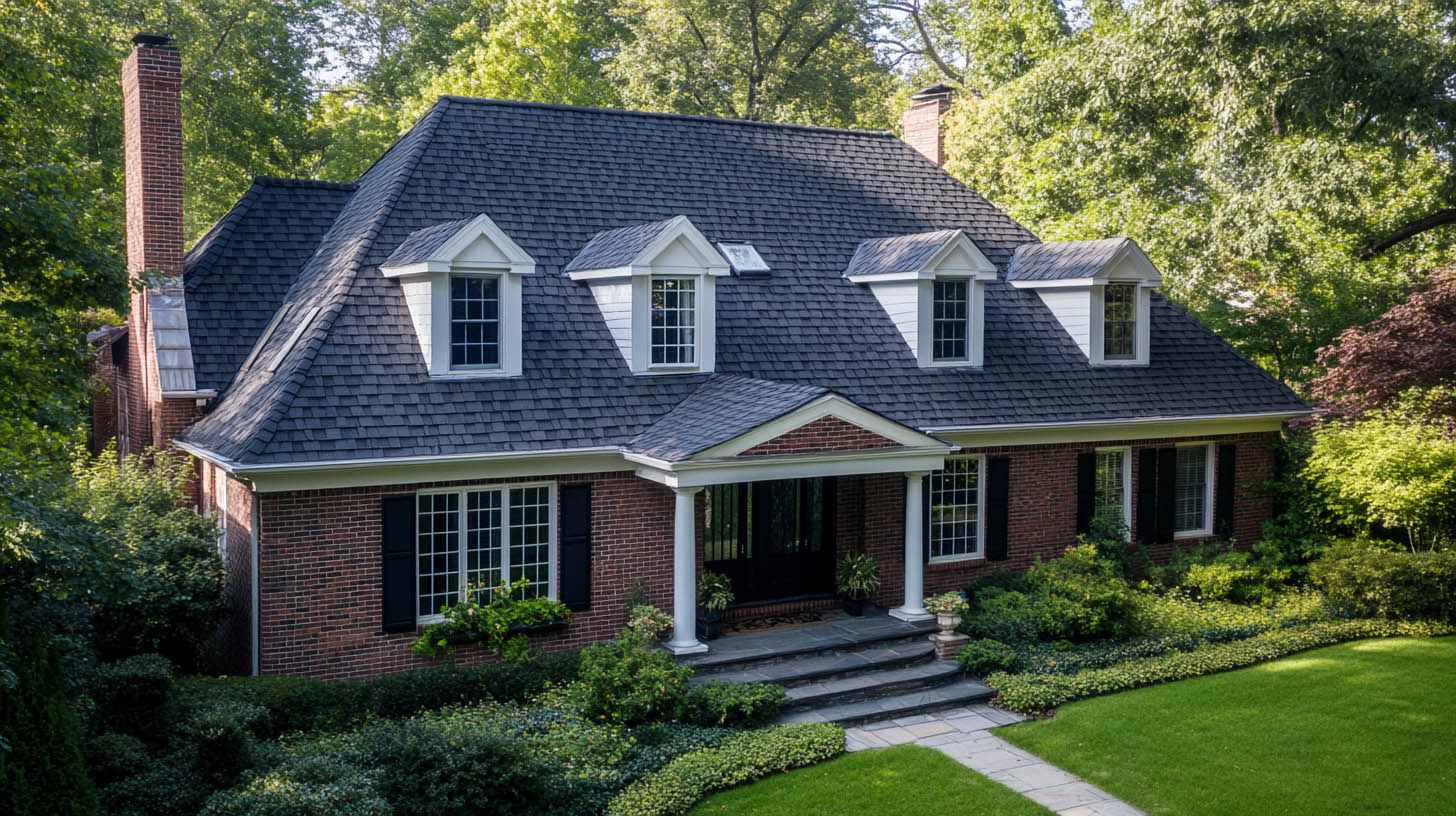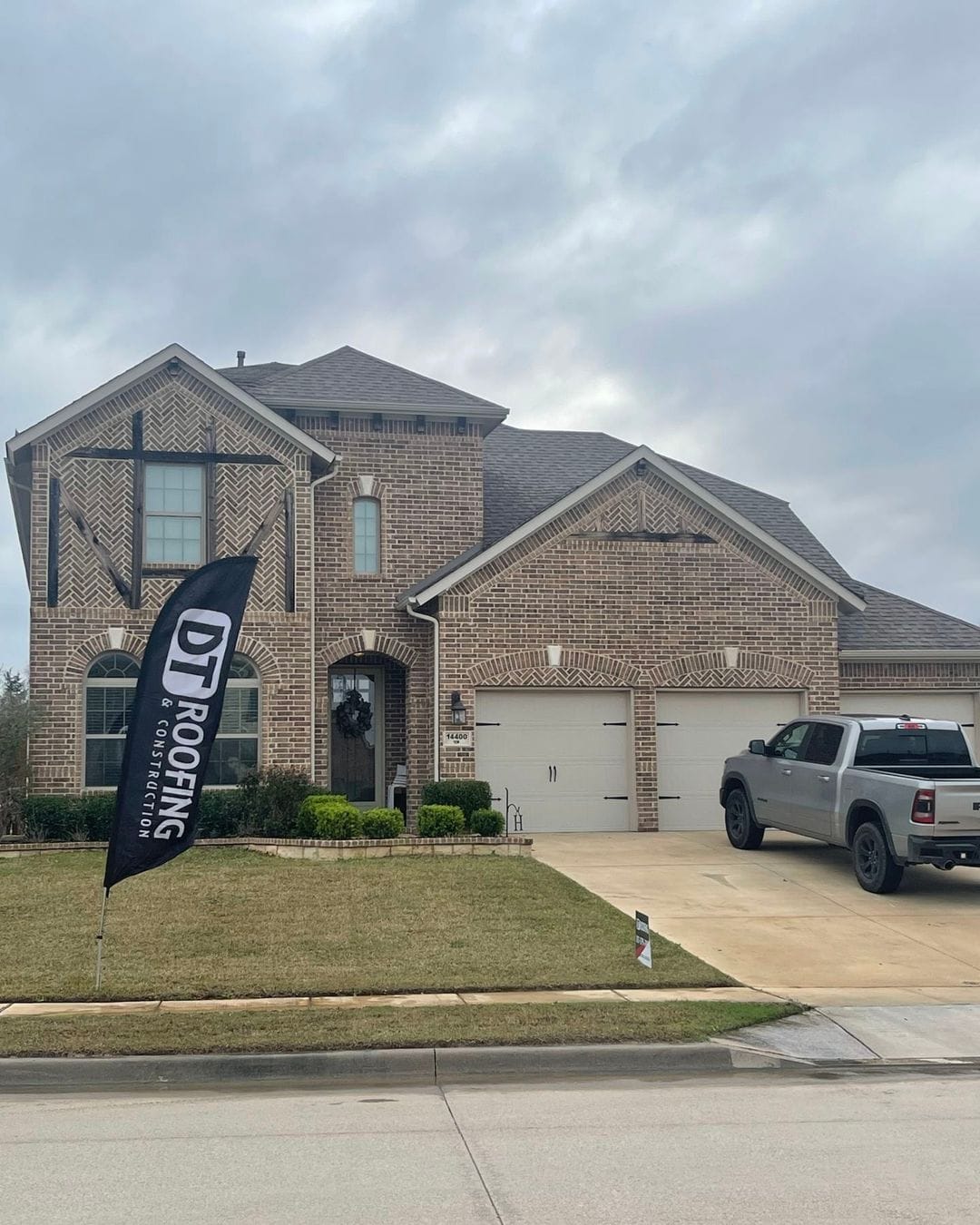
Roof Overlay vs. New Roof: Weighing the Pros and Cons
If your roof is showing signs of wear and tear, you’re likely facing one major decision—should you go with a roof overlay or invest in a full roof replacement? While both options can improve the condition of your home, they come with different price tags, longevity, and structural implications. At DT Roofing, we’ve helped homeowners throughout Granbury, TX make the right call for their homes and budgets.
Whether you’re trying to extend the life of your current roof or are ready for a complete overhaul, understanding the pros and cons of overlays versus full replacements will help you make the most informed choice.
What Is a Roof Overlay?
A roof overlay involves installing new shingles over the existing ones without removing the old roofing material. It’s a faster, less invasive, and more cost-effective solution—at least in the short term. But not every roof is a good candidate for an overlay, and this approach comes with its own set of risks.
Pros of a Roof Overlay
- Lower upfront cost: There’s no need to tear off the existing shingles, so you save on labor and disposal fees.
- Faster installation: The process is quicker because it skips the tear-off phase.
- Less mess and disruption: No need for dumpsters or extensive cleanup.
- Aesthetically pleasing (short-term): A fresh layer of shingles can improve curb appeal temporarily.
Cons of a Roof Overlay
- Hidden problems stay hidden: Rot, moisture damage, and decking issues underneath the old shingles remain unaddressed.
- Added weight: Two layers of roofing can strain your home’s structural integrity, especially if your decking is already compromised.
- Shorter lifespan: Overlays typically don’t last as long as new roofs and may void manufacturer warranties.
- Difficult to inspect and maintain: Leaks and damage can be harder to detect and repair with two layers.
What Is a Full Roof Replacement?
A full roof replacement involves stripping off the existing roofing material down to the decking and replacing it with brand-new shingles, underlayment, flashing, and other components. This option costs more upfront but often delivers better long-term value and peace of mind.
Pros of a Full Roof Replacement
- Thorough inspection of roof deck: Allows for identification and repair of rot, mold, and water damage.
- Longer lifespan: A new roof built from scratch can last 25 to 50 years depending on materials.
- Eligible for full warranties: Most roofing manufacturers require complete tear-offs for their warranties to remain valid.
- Improved energy efficiency: New materials, ventilation systems, and underlayments can significantly lower heating and cooling costs.
- Boosts home value: A new roof is a selling point for buyers and can raise your home’s market value.
Cons of a Full Roof Replacement
- Higher initial cost: Labor and disposal fees drive the price higher than an overlay.
- Takes more time: A full tear-off and rebuild generally takes longer than an overlay.
- Temporary disruption: You’ll have construction noise, mess, and possible temporary access limitations.
Granbury’s Climate: Why It Matters
In Granbury, TX, roofs must endure heavy rain, hail, and high summer temperatures. Roof overlays may not provide the kind of robust, weatherproof protection needed in our region. Because overlays can trap heat between the two layers of shingles, they often lead to quicker deterioration, especially under intense Texas sun.
If you’re in an area prone to hailstorms, like Granbury, insurance companies may also frown upon overlays, especially when filing a claim after damage. In many cases, a full replacement is not only safer but more cost-effective over time.
Is Your Roof a Candidate for an Overlay?
There are some situations where an overlay might be a reasonable temporary solution:
- Your roof only has one existing layer of shingles (two is the legal maximum in Texas).
- There are no signs of underlying water damage or rot.
- The decking and structure are sound and in good condition.
- You’re preparing to sell and want short-term curb appeal.
However, if your roof has already had one overlay or you’re seeing signs of sagging, leaks, or ventilation issues, a full replacement is likely your best (and safest) option.
Our Expert Recommendation
At DT Roofing, we evaluate each roof individually. We don’t upsell or push full replacements unless they’re truly needed. Our inspections include a complete structural review, moisture scans, and professional recommendations tailored to your budget and goals.
We are certified installers of brands like Owens Corning, whose products are engineered to handle Texas heat and hail. These high-performance shingles come with comprehensive warranties—but only when installed as part of a full roof replacement.
Long-Term Value or Quick Fix?
Here’s the bottom line: overlays can be appealing because of cost and convenience, but they don’t solve deeper problems. A new roof, while more expensive upfront, ensures that your home is properly sealed, ventilated, and protected for decades to come.
It’s not just about covering up an old problem—it’s about doing the job right the first time.
Read also our blog: 7 DIY Tips for Waterproofing Your Roof











